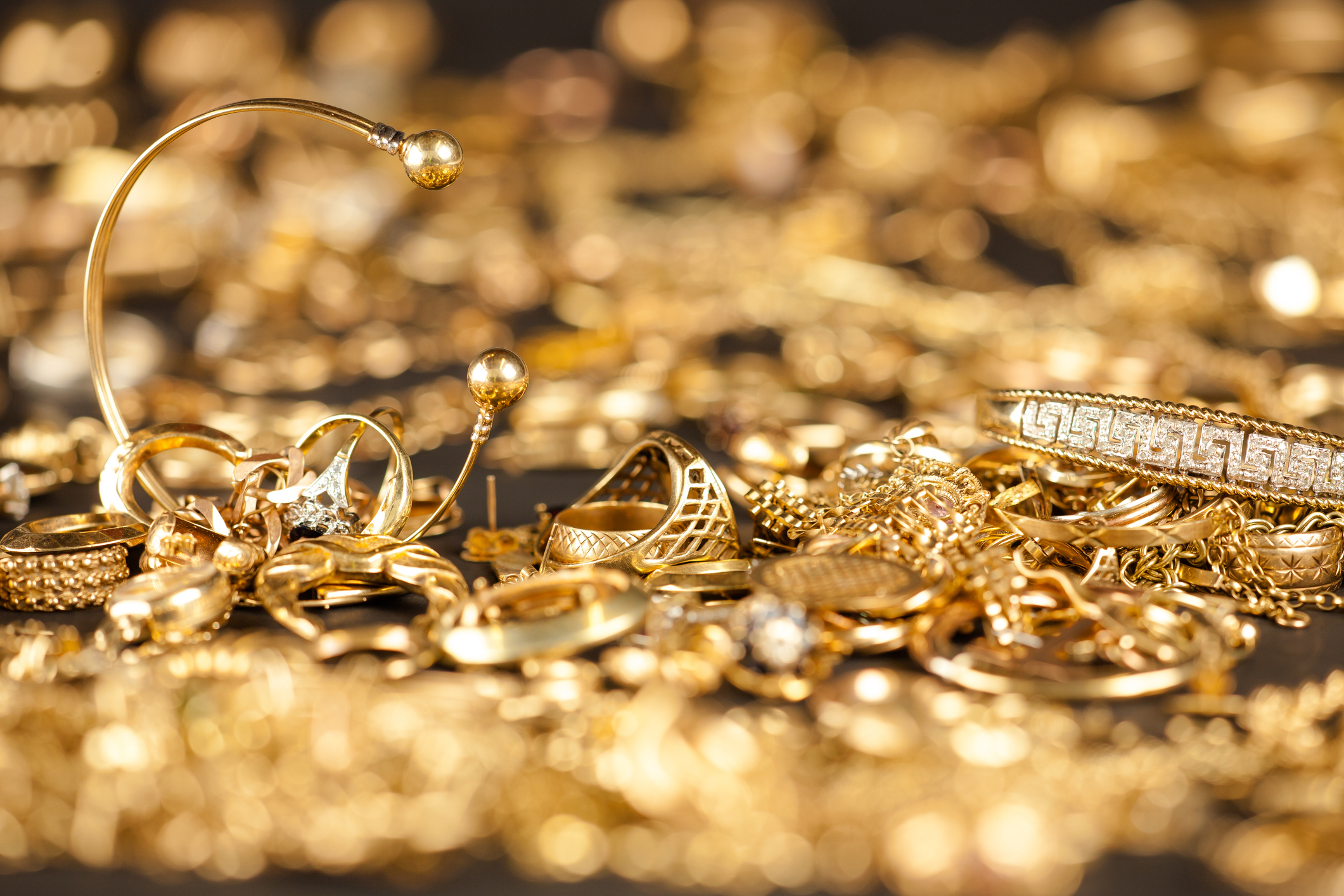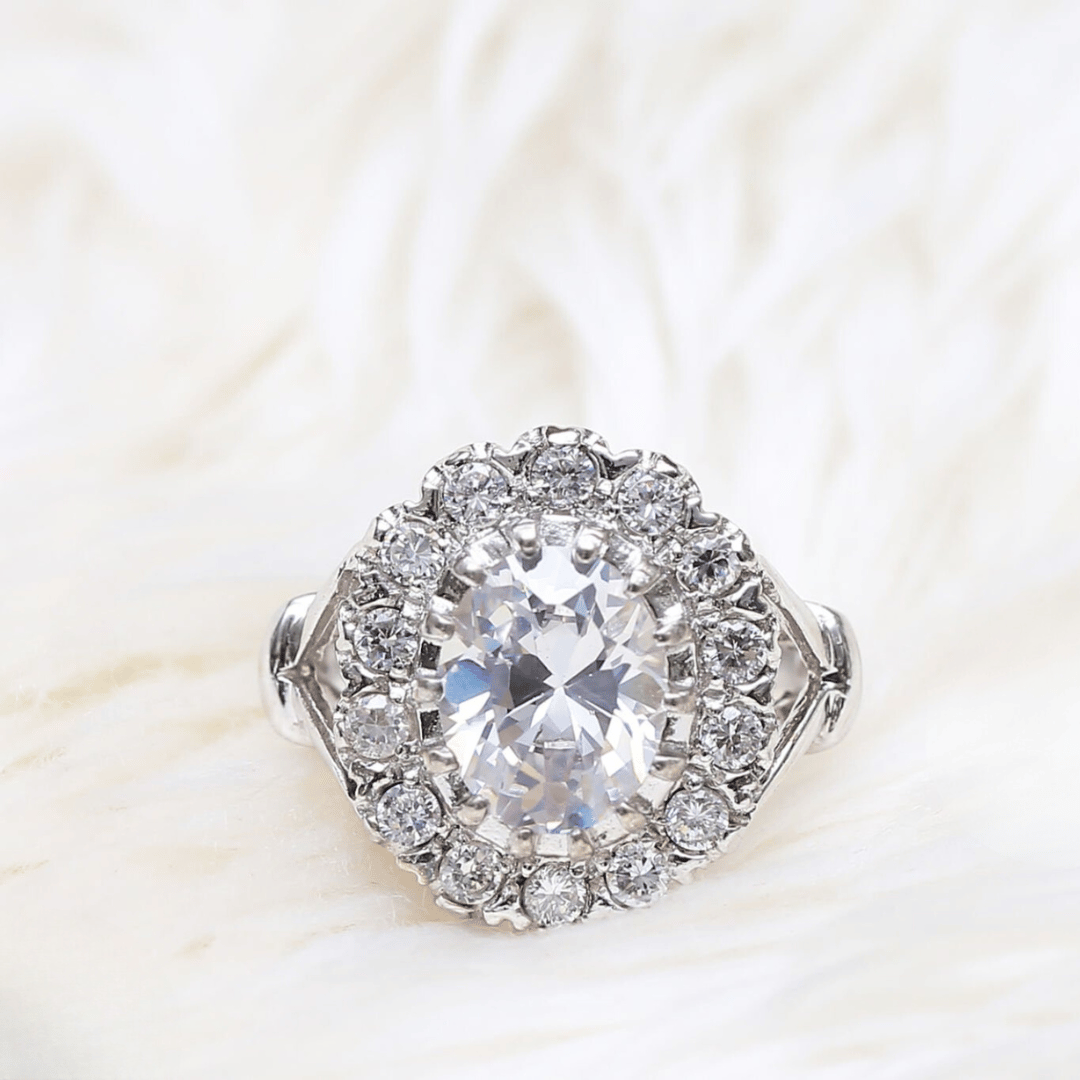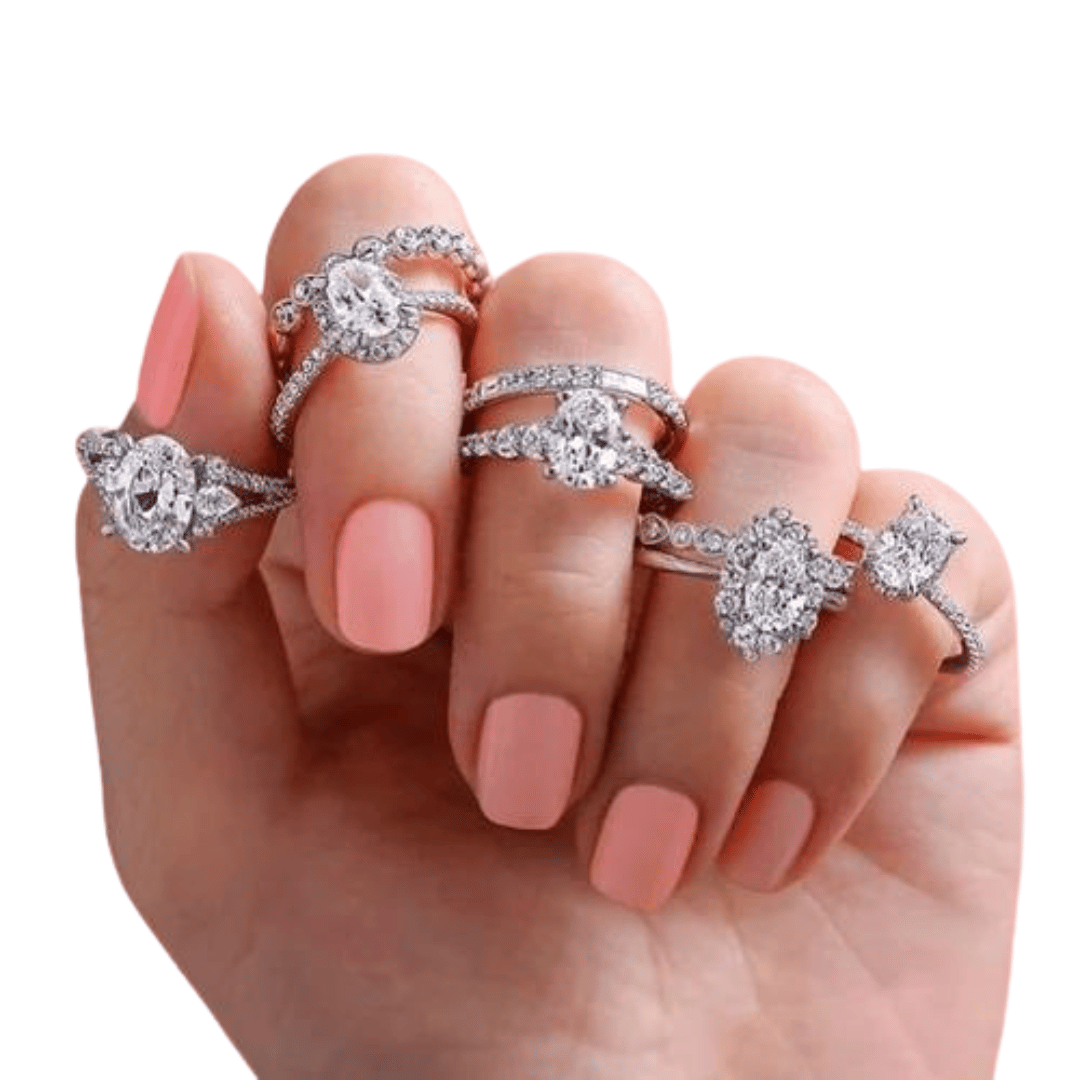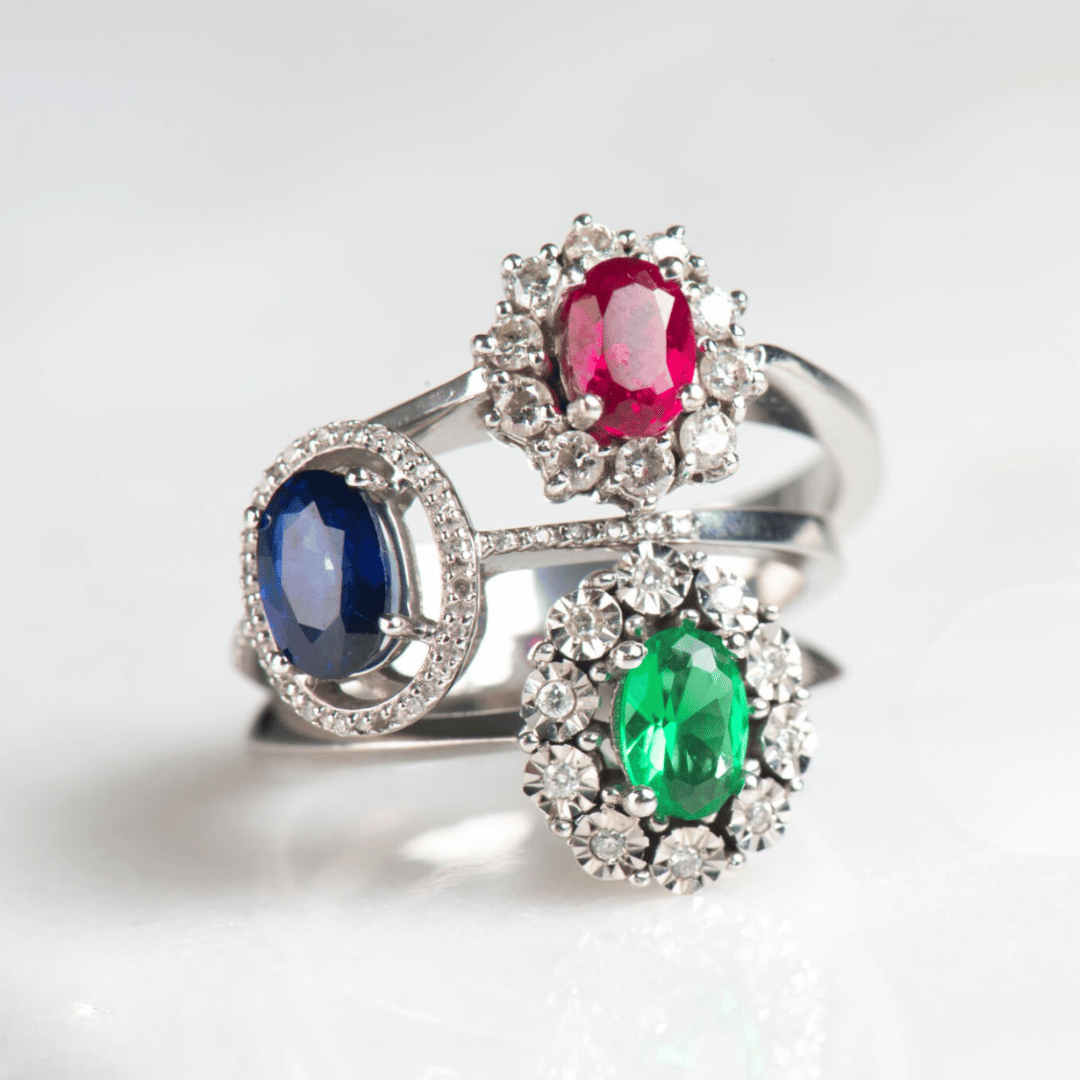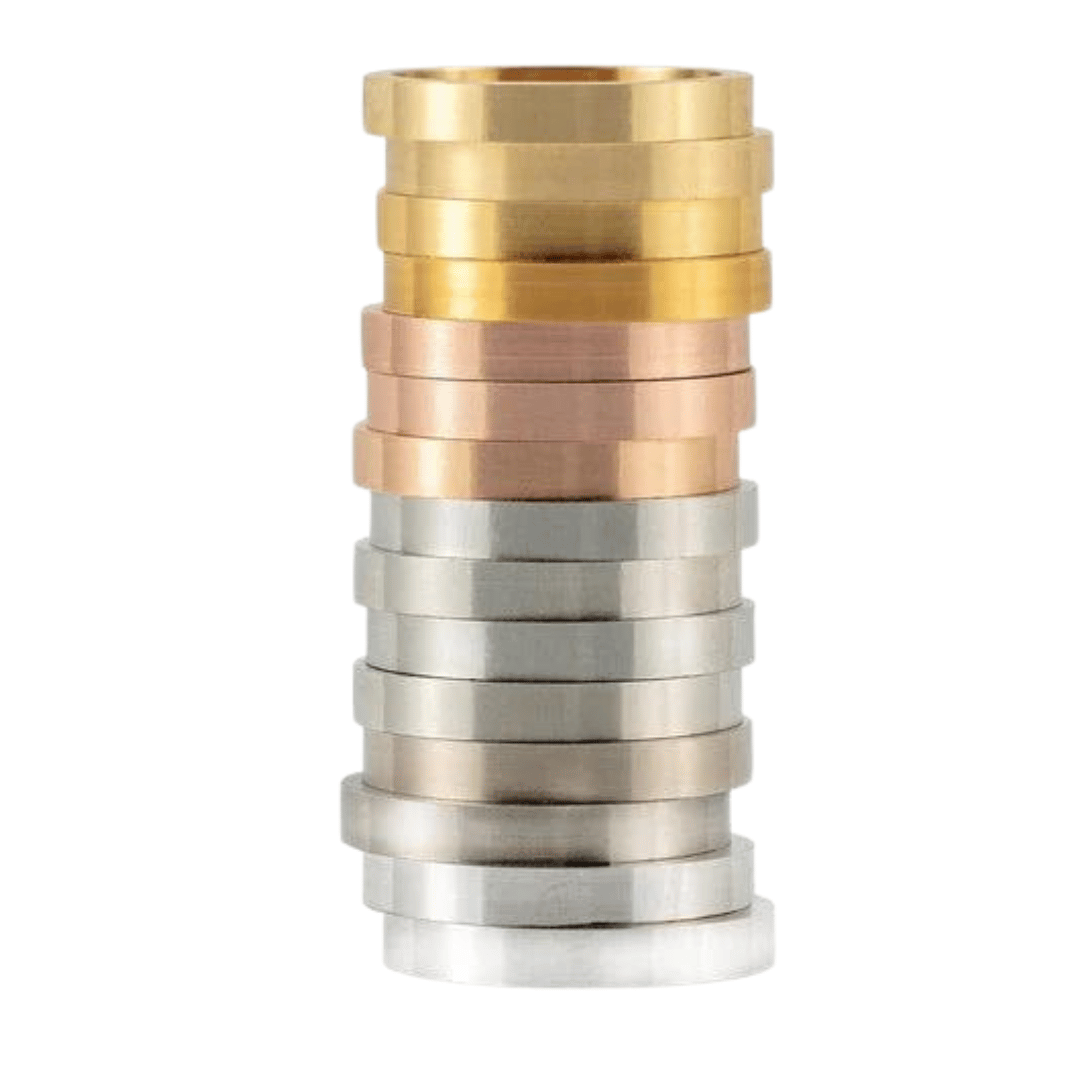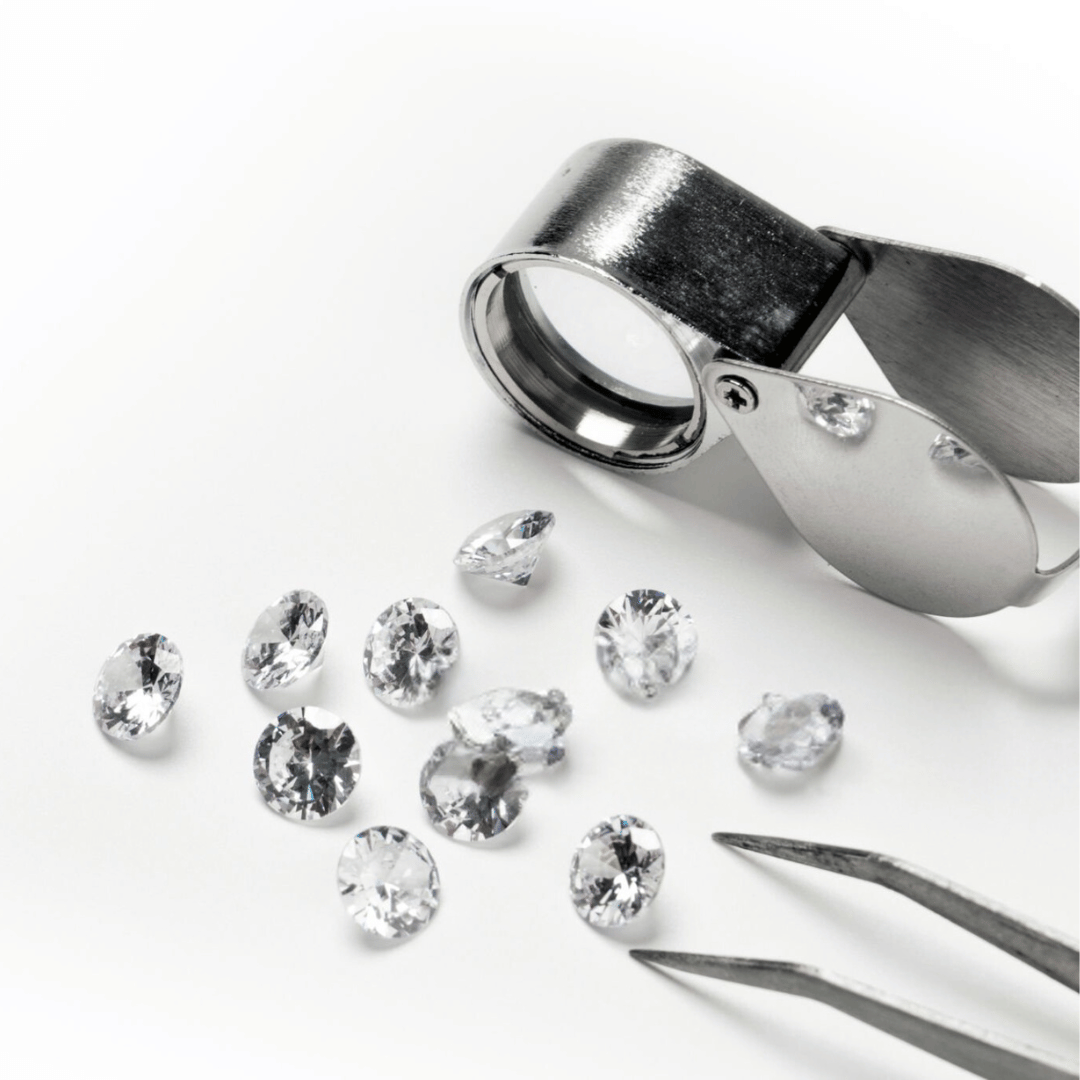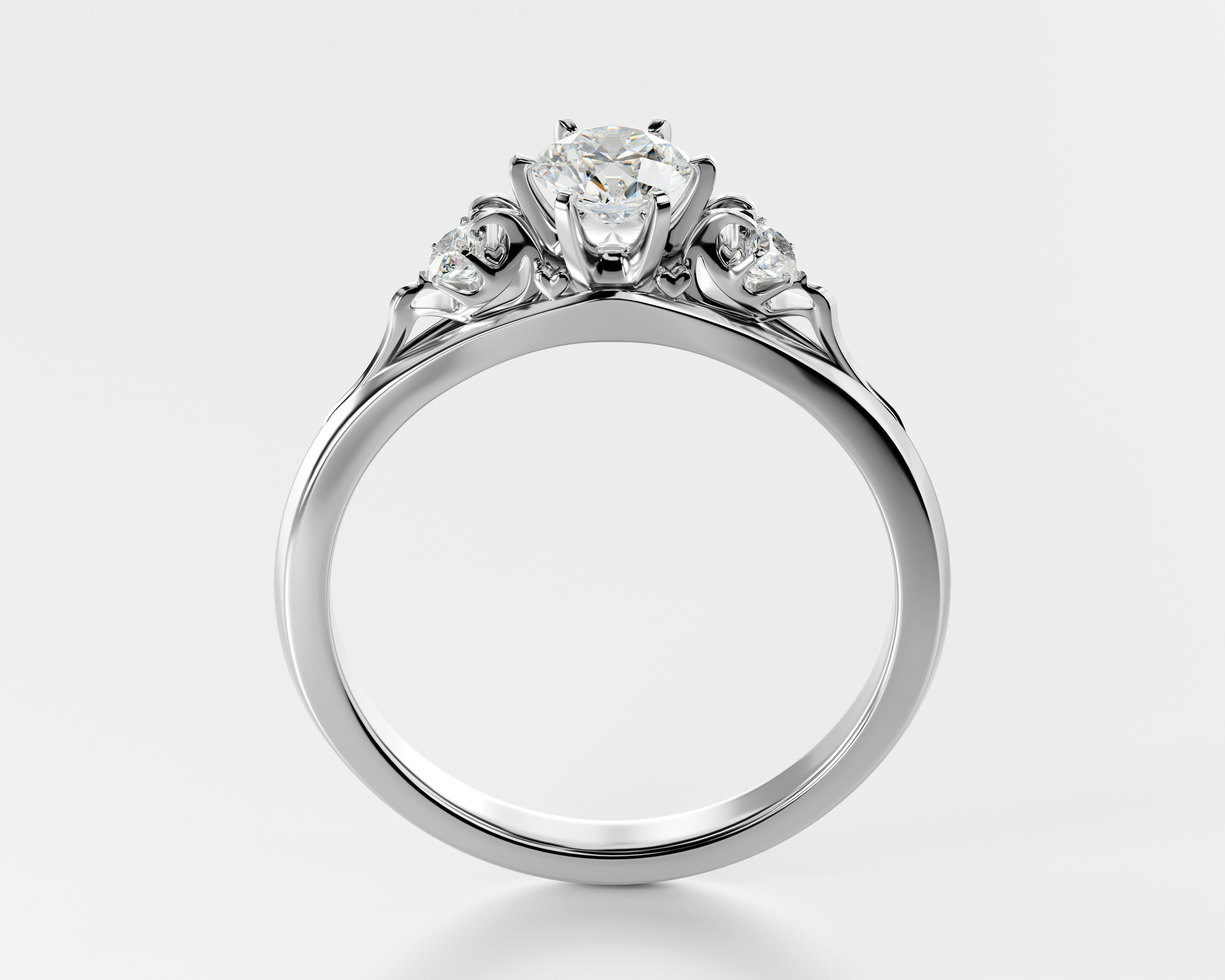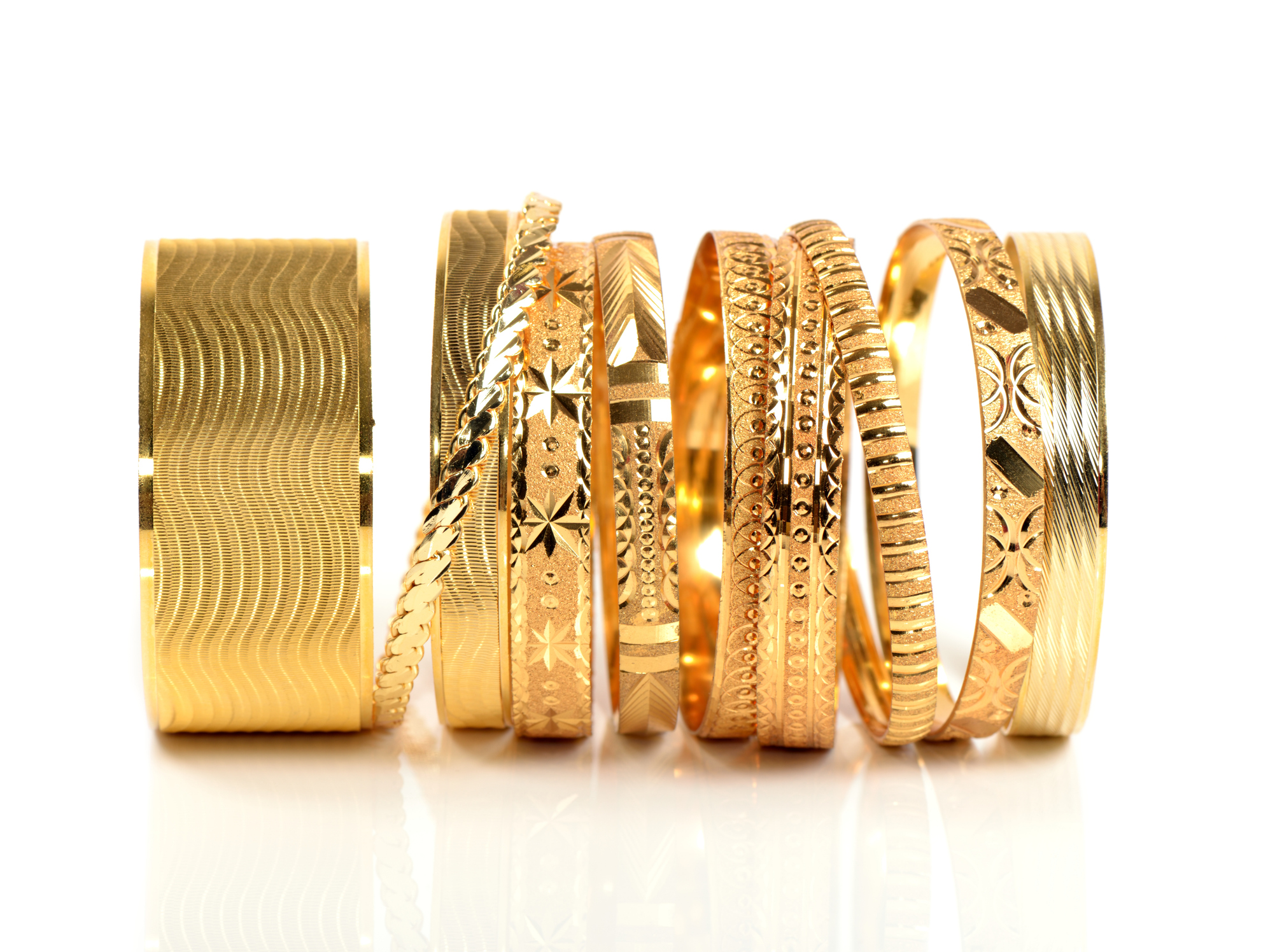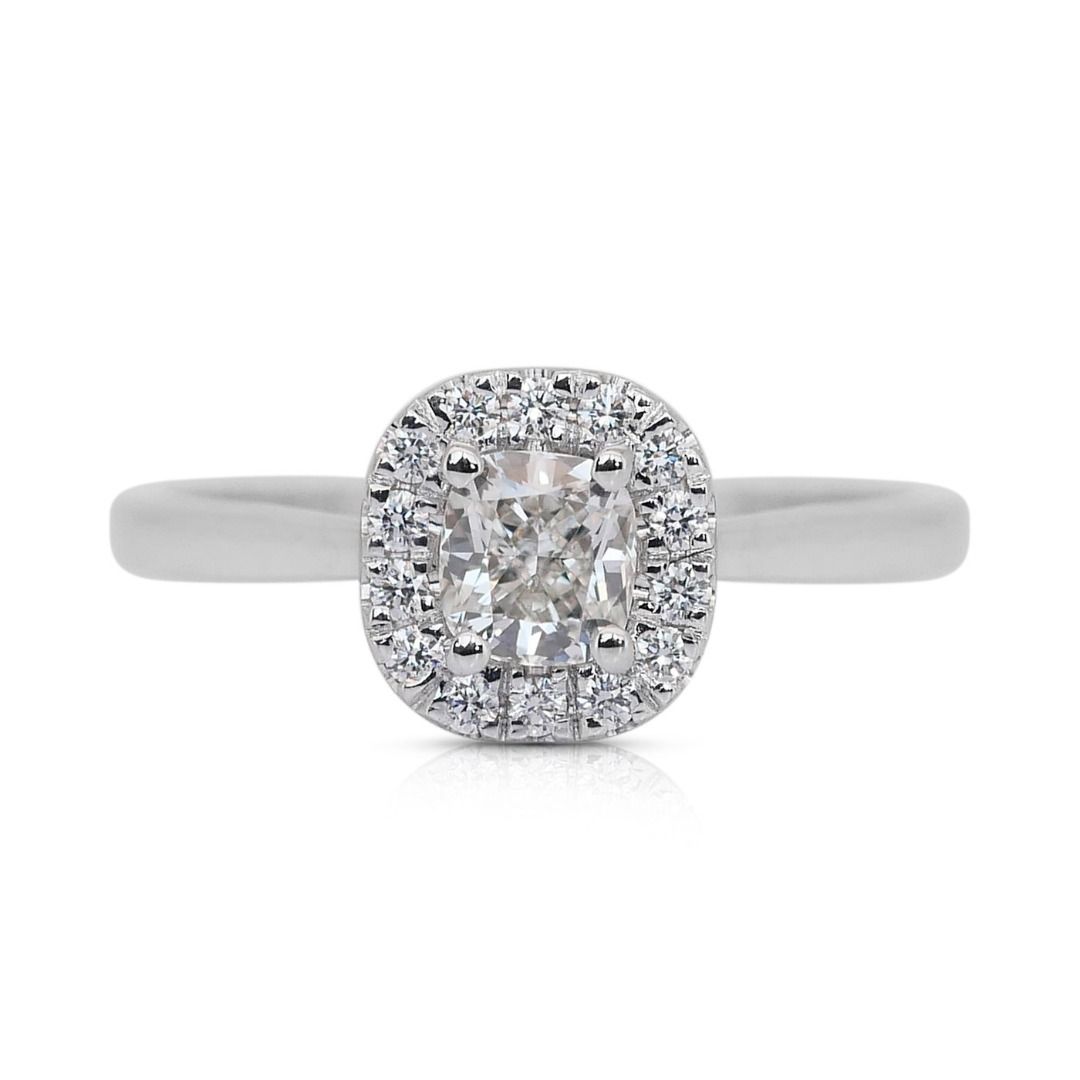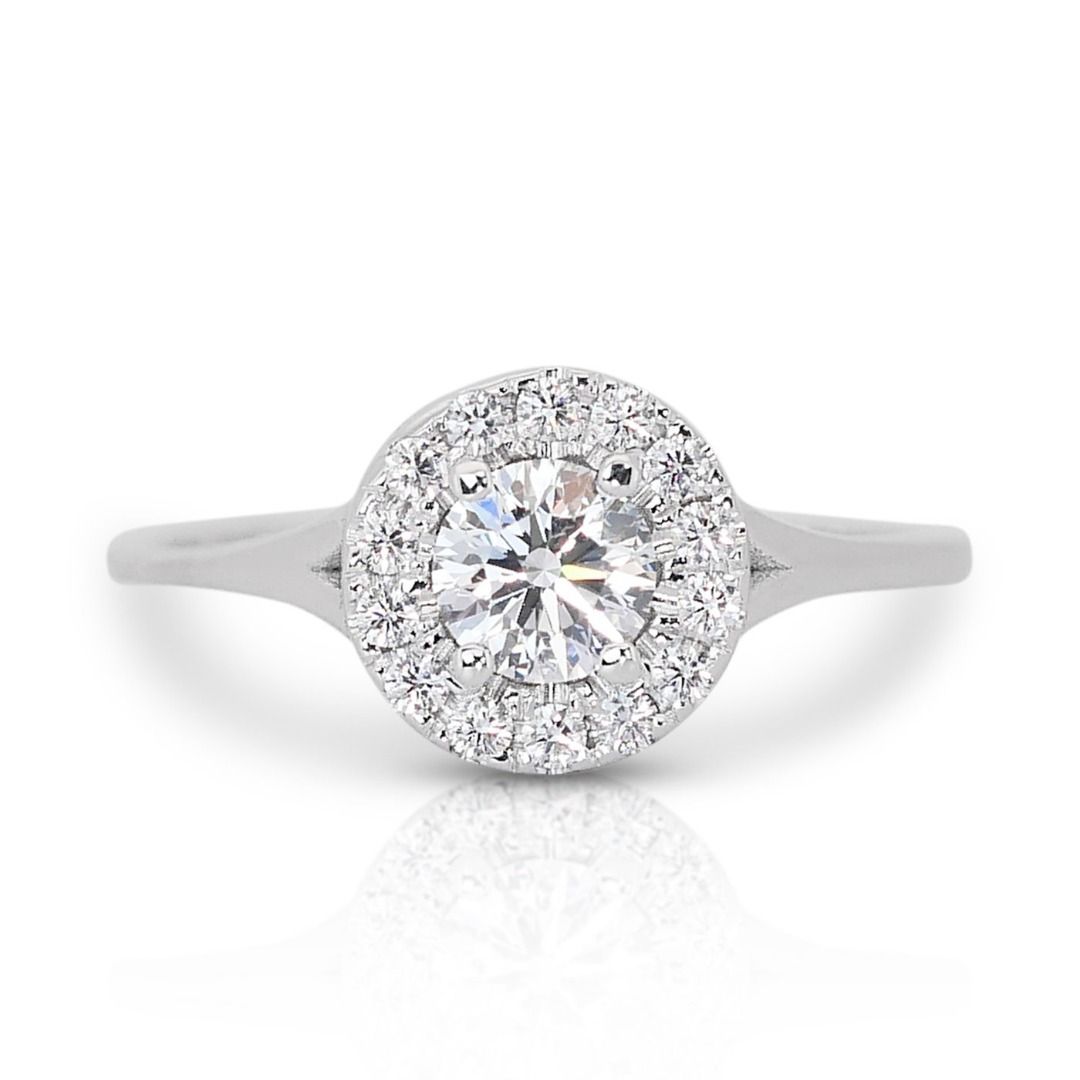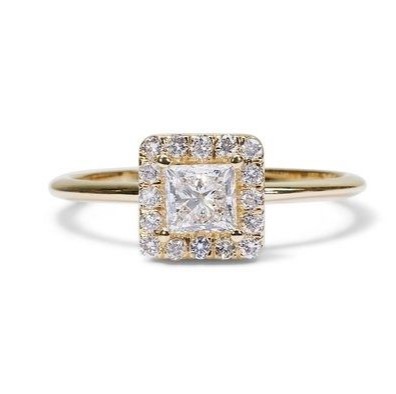How To Evaluate If Gold Is Real
How To Evaluate If Gold Is Real
Key Highlights:
- Hallmarks Rule: Look for a hallmark indicating karat weight. By law, most UK gold jewellery should have this authenticity mark.
- The Magnet Test: A quick check! Real gold isn’t magnetic, so a strong magnet shouldn’t attract it. Be mindful of clasps that might be magnetic.
- Discolouration Deception: Real gold doesn’t tarnish easily. Clean the jewellery and see if the discolouration persists. If so, it might not be gold.
- Soft Touch Test (Use Caution): Gently scratch the gold with a ceramic tile (not on delicate pieces). Purer gold is softer, but this isn’t a foolproof method.
- Colour Check: Yellow gold’s hue varies by karat. Red gold is usually 14 karats, and white gold’s colour can range based on plating.
- Acid Testing: Leave it to the Pros: Experienced jewellers use specific acids to determine karat weight. This delicate procedure is not recommended for DIY.
- Free Professional Evaluation: If unsure, many jewellers offer free consultations to assess your gold’s authenticity.
Gold has long been cherished for its timeless beauty and remarkable durability, making it a perennial favorite in jewelry. However, with so many imitations and plated pieces on the market, determining whether a piece is genuinely gold can be challenging. This guide delves into several reliable methods for assessing gold’s authenticity, helping you make informed decisions and ensuring that your cherished jewelry is the real deal.
From simple home tests to professional evaluations, understanding how to verify the authenticity of gold is crucial for both collectors and casual buyers alike. Whether you’re considering a new purchase or reassessing your current collection, these techniques will equip you with the knowledge to distinguish genuine gold from impostors, ensuring that your investment in gold jewelry is both beautiful and lasting.
1. Hallmark: Indicating Purity
Most gold jewellery should carry a hallmark indicating its purity. These hallmarks denote the karat (parts of gold per 24 parts) and often include a sponsor’s mark and a date letter. While the absence of a hallmark doesn’t definitively mean an item isn’t gold, its presence provides valuable assurance.
2. The Magnet Test: A Simple Check
Gold is a non-magnetic metal. A strong magnet (not a fridge magnet!) can be used for a quick test. If the jewellery attracts the magnet, it’s likely not gold. However, this isn’t a foolproof method, as some clasps or other components within the piece might be magnetic. It’s advisable to check multiple areas of the jewellery.

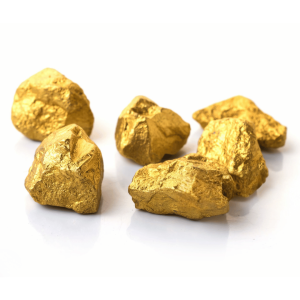
3. Beyond the Surface: Discolouration
Real gold doesn’t tarnish readily. If the jewellery appears discoloured, clean it gently with a soft cloth and mild soap. If the discolouration persists, it might indicate a non-gold metal.
4. Soft Touch: Testing Malleability
Gold is a relatively soft metal. It can be gently scratched with a ceramic tile or a non-scratch pin. Caution: Avoid this test on delicate pieces. The purer the gold, the softer it will be. However, this method should be used with caution, as some other metals can also be soft.
5. The Science of Density: A Complex Approach
Calculating a material’s density can be a way to determine its composition. However, this method involves complex measurements and requires factoring in the shape of the jewellery and its karat weight. For most individuals, it’s not a practical approach.
6. The Colour Check: A Guide for the Eye
Observe the gold’s colour. Yellow gold has different hues depending on its karat. Red gold is typically 14 karats, while white gold’s colour can range from bright white to slightly yellow depending on the rhodium plating. Compare the colour of the jewellery to known gold colours.
7. The Professional Touch: Acid Testing (For Experts Only)
Experienced jewellers can use specific acids to test gold purity. A small scratch is made on the metal, and a designated acid is applied. The reaction determines the karat. Important: This is a delicate procedure best left to professionals, as improper use of acids can damage jewellery.


8. Seeking Expert Help: Free Evaluation Service
If you have doubts about the authenticity of your gold jewellery, consider seeking professional evaluation. Many reputable jewellers offer free consultations to assess the piece and provide peace of mind.
9. Protecting Yourself: Documents and Receipts
Always keep receipts and invoices for gold purchases. These documents should detail the karat weight of the gold you purchased. Having this documentation is crucial if you ever need to verify the authenticity of your jewellery.
Conclusion
Gold’s allure has transcended time, captivating people across generations with its rich luster and lasting value. However, in a world filled with imitations, ensuring the authenticity of your gold jewelry is crucial. By arming yourself with the right knowledge, you can confidently distinguish genuine gold from look-alikes. Learning to recognize hallmarks, applying the magnet test, and understanding the subtle variations in gold’s color are all invaluable tools. And remember, when in doubt, seeking professional advice can save you from costly mistakes. With these insights, you’re not just buying jewelry—you’re making an informed investment in a piece of history and luxury that will stand the test of time. So, as you set out on your gold jewelry journey, do so with confidence, knowing that you have the expertise to appreciate the true value of what you choose.


